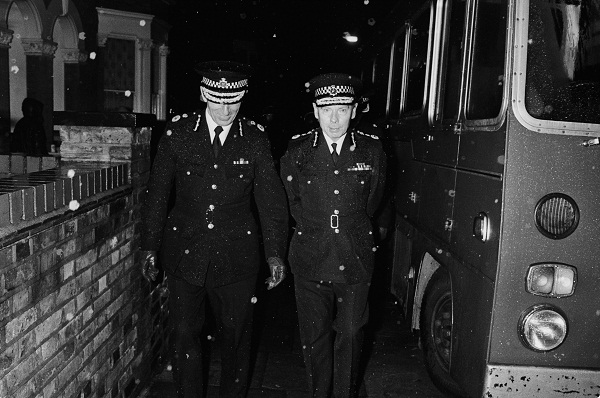‘The body is a multitude of ways of coming apart’ writes Keith Ridgeway in his most recent novel Hawthorn & Child. He describes these ways. It can be beaten, broken or burnt. It can fall down stairs or in to deep water. The excoriation of adult skin differs to that of a child’s. Ridgeway begins with not a character but a body, and as the bodies amass – sometimes sexualised as well as pulverised – the novel itself begins to come apart, and everything in it.
Hawthorn and Child are detectives in North London, tasked with finding a crime boss named Mishazzo and solving the shooting with which the novel opens. We view these supposed protagonists through a kind of parallax: they are displaced throughout the novels eight chapters and are themselves broken in to bits across its pages – readers come to recognise them only by their suits, Child’s glasses, Hawthorn’s ‘sleep scars’.

Get Britain's best politics newsletters
Register to get The Spectator's insight and opinion straight to your inbox. You can then read two free articles each week.
Already a subscriber? Log in






Comments
Join the debate for just £1 a month
Be part of the conversation with other Spectator readers by getting your first three months for £3.
UNLOCK ACCESS Just £1 a monthAlready a subscriber? Log in